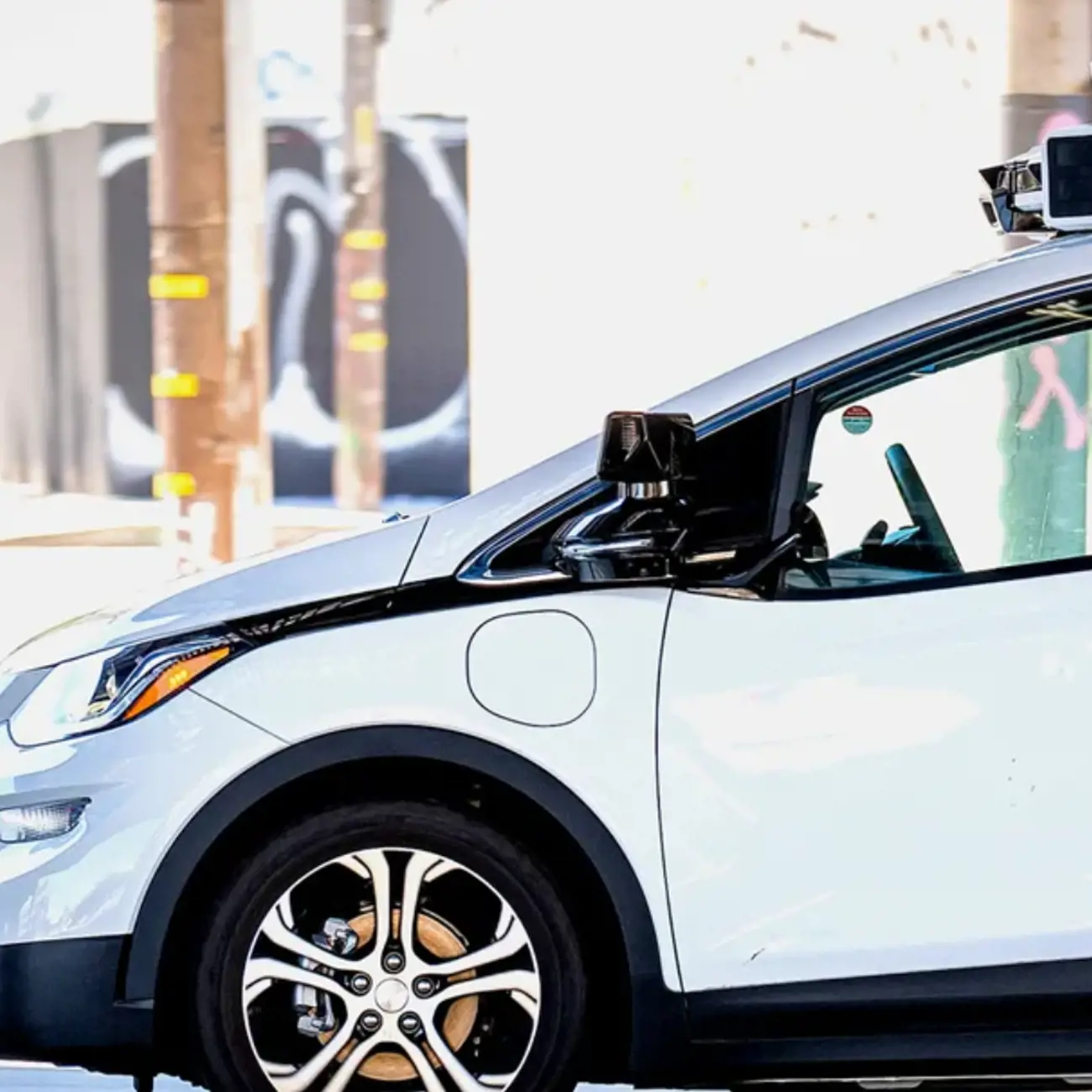The Robotaxi Rollout #3: Scaling Robotaxis in a New City

The Robotaxi Rollout #3: Scaling in a New City
With new autonomous driving vehicle services rolling out around the world, robotaxis are seen as the pinnacle of autonomous mobility and serve as an inspiring example of where the future of transportation could be headed. And while the focus on this cutting-edge technology has been on the vehicles, the user experience, and the roller-coaster path to maturity, there’s a speedbump in the road that not everyone is seeing: how do fleets of driver-less vehicles charge and service themselves?
Crijn Bouman, CEO and Co-founder
In the previous blog, we reviewed the challenges of building large charging hubs and discussed how the addition of smaller, more centrally located AV “micro-hubs” with hands-free charging might provide a solution for the scaling phase.
Autonomous vehicles are still rare to see on the roads, but the success in several cities around the world (Waymo is performing 250k commercially paid rides/week when this blog was last updated, Baidu’s robotaxi unit expects profitability by 2025) is helping build the use case as a better transport solution. The challenge for robotaxi companies today is expanding their operations into new markets opting for a city-by-city approach until they can support the infrastructure to support a state, regional or national network.
The case for big bold hubs
Large hubs can support a large fleet of vehicles but building them is a complex and lengthy process due to the power requirements, floorspace, and permitting required. And when a robotaxi fleet is only dependent on large hubs to keep their fleet charged, the additional transit time to the hub for charging, or “deadmiles”, can lead to lost revenue as vehicles going to the hub to charge can’t pick up passengers.
So are large hubs bad? Not at all. Large hubs provide fast charging and serve as a central location to perform basic fleet needs like cleaning and maintenance, and their main asset is that they are great at efficiency. In the first phase of a robotaxi roll-out the operators want to be in control of all key elements of the operation to assure the user experience. Large hubs with all functions in one place provide just that ability. But while large hubs do serve a valuable function, using large hubs exclusively presents challenges when it comes to scaling a robotaxi fleet in a city.
Start small and scale
This is where the small charging hub idea comes in. Once the core service is deployed and supported by a few large all-in service hubs, smaller hubs could support the most frequently occurring task: charging. Smaller hubs are much easier to realize as they require less power and space and can be placed in more locations. What if we could start building smaller charging hubs all over the city, maybe in available parking lots? This way we can achieve coverage faster, the moment a robotaxi service gets approval from local government. And as we covered in our last blog, a dense network of smaller charging hubs could also reduce transit time to a charger, minimizing deadmiles, and thus increasing the amount of time on the road generating revenue.
Something that could be even faster is utilizing existing chargers that are already installed. That would be comparably fast to deploy as all the complicated pre-planning (leasing, permits, grid connection, etc.) have already been taken care of. But who ensures a self-driving vehicle gets charged at a small hub? In our first blogpost we discussed the substantial support required to operate a large charging hub, from 24/7 staffing to restroom, breakroom and security requirements. Multiple smaller hubs around a city can’t accommodate these same requirements, it’s just not feasible. So what’s the solution?
Retrofitting existing infrastructure
Hands-free charging could be the answer. Since hands-free charging handles the charging process for a human operator, any existing EV charging site can become a small hub for a robotaxi. You could take an existing 10-stall site and turn any number of stalls into hands-free charging robotaxi stalls, allowing EV owners to not only access the remaining stalls for charging but also providing customers with easy access to a waiting robotaxi once the vehicle is adequately charged. This model could scale quickly as a robotaxi company could contract with existing charger owners, give them a minimum commitment on usage/ kWh consumption and then build out a network of smaller hubs throughout their operating area in a matter of months. Robotaxi companies could even work with property owners to break ground on new charging stations with hands-free charging, ensuring even greater vehicle coverage and creating new incentives to attract new customers to nearby businesses.
Opportunities for entrepreneurialism
For an EV charger owner, a robotaxi is a very attractive customer, because it is a very heavy user. A single robotaxi needs to charge at least 3 times per day, and the demand can be optimally planned so that charging stations are continuously in use by new robotaxi vehicles. This is a highly attractive characteristic to a charging network owner, as the ROI for charging stations depends on high utilization rates, and many charging sites are struggling with this today.
So, opening small hubs - and converting existing charging stations into small hubs - is an excellent way for a fleet of robotaxis to scale in a new city quickly.
If a robotaxi fleet wants to deploy quickly into a new city, figuring out charging needs should be the top priority. Small hubs - or even better - converting existing EV charging sites to robotaxi-ready sites with hands-free charging, is a great opportunity to scale a robotaxi fleet in a new market quickly.
